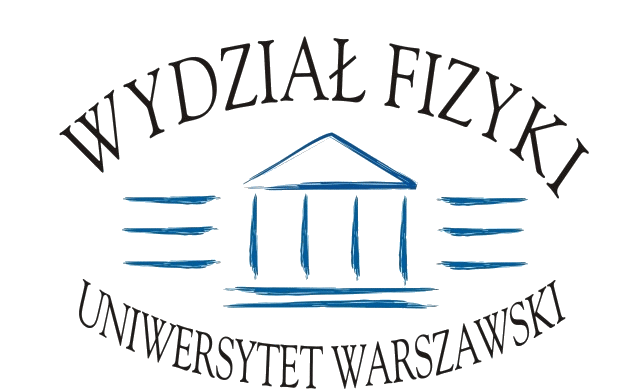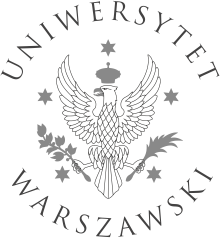Konwersatorium im. J.Pniewskiego i L.Infelda
sala 0.06, ul. Pasteura 5
dr hab Chiara Mazzocchi (Faculty of Physics, University of Warsaw)
The art of bookbinding: uncovering the secrets of old masters with non-invasive 3D imaging
Cultural heritage conservation relies more and more on the support of scientific analysis, in particular by using techniques that are non-invasive. This is a fundamental characteristic when dealing with uniqueartworks of the utmost historical and/or artistic importance. In order to study the structure of the binding of a book, in particular when the book cannot be easily opened without damaging it, the cover needs to be taken apart. Such invasive method is not applicable in the case of precious and unique historical books. An alternative and, most importantly, non-invasive method to understand the structure of the binding without dismounting the cover is to exploit imaging by means of X-rays, which are highly penetrating and don’t cause any damage. Namely, computed tomography (CT), in particular micro-CT, can be applied in such studies. Micro-CT can then be used to study the book structure, in particular the spine, as support for conservation work, to provide an insight before physically touching the book and intervening on it. In this pilot study, the method was used to support conservation work on the prayer book of Mary Stuart, Queen of Scots. It is a delicate, illuminated manuscript on vellum, written in Latin and French, made first for the Abbess of Fontevraud, who donated it to Mary Stuart, her niece. Following a rebinding in the late 18th/early 19th century, pages were misplaced, some are missing, and it was no longer possible to open the book to more than about 30 degrees without damage to the binding and the pages. The results of the analysis conducted in the framework of the book conservation will be discussed.






